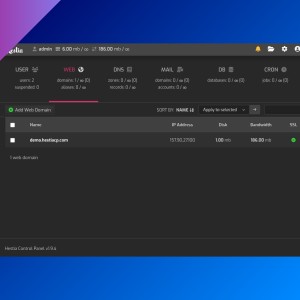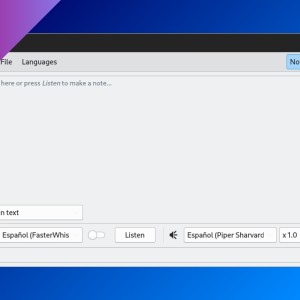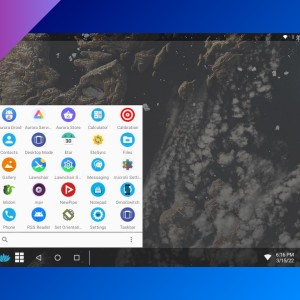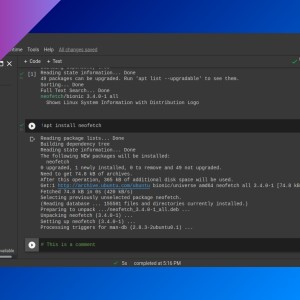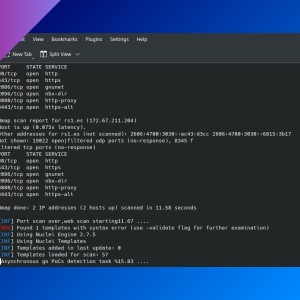Git: a version control system
Table of Contents
- Create a git repository
- Clone an existing repository
- Get repository status
- Set name and email for the git user
- Add file changes to the index (stage)
- Remove files from the index
- Reset index to last commit
- Restore or unstage files
- Record changes to the repository
- See changes from previous commit
- Go back to a previous commit
- Add a remote
- Push changes to the remote repository
- Fetch changes from the remote repository
- Fetch and pull changes from the remote repository
- List commits
- Switch branches
- Switch to a tag
- Save a temporary stage/index
- Remove a local branch
- Remove a remote branch
Git is a free and open-source distributed version control system you can use from your terminal with simple and easy-to-understand commands.
All commands need to be executed inside your project’s main folder.
Create a git repository
git initClone an existing repository
git clone <url>git clone https://github.com/user/repo.git- This will create a directory with the project files
Get repository status
git statusSet name and email for the git user
git config user.name <username>
git config user.email <email>- Add
--globalto write this info in~/.gitconfiginstead ofYOUR_PROJECT_FOLDER/.git/config.
Add file changes to the index (stage)
git add <file># To add all changes
git add -ARemove files from the index
git rm --cached <file>Reset index to last commit
git reset HEADRestore or unstage files
git restore <file>- This will restore an unstaged file (before adding it to index)
- Add
--stagedno unstage a file.
# Example 1
$ cat file
original
$ echo new >> file
$ cat file
original
new
$ git restore file
$ cat file
original# Example 2
$ git add file
$ git status
On branch master
Changes to be committed:
(use "git restore --staged <file>..." to unstage)
modified: file
$ git restore --staged file
$ git status
On branch master
Changes not staged for commit:
(use "git add <file>..." to update what will be committed)
(use "git restore <file>..." to discard changes in working directory)
modified: file
no changes added to commit (use "git add" and/or "git commit -a")Record changes to the repository
git commit -m "<Brief description of the commit>"See changes from previous commit
git diffGo back to a previous commit
git reset <commit>- By default, resets the index but not the working tree (same as using
--mixed, file changes are unstaged). - Add
--hardto reset the index and the working tree (the files). - Add
--softto not touch the index or the working tree (file changes need to be committed).
Add a remote
git remote add <name> <url>git remote add github-repo https://github.com/user/repo.git- If you’ve cloned a repo, you don’t need to add a remote unless you don’t want to use the remote you’ve cloned.
Push changes to the remote repository
# Default branch is "master"
# If you've cloned a repository, default remote name will be "origin"
git push <remote-name> <branch>git push github-repo masterFetch changes from the remote repository
git fetch [<remote-name>]Fetch and pull changes from the remote repository
git pullList commits
git loggit rev-list --remotes --pretty- If only need commit IDs, do not include
--pretty.
Show commits newer than a specific date:
git log --since=2021-12-01More parameters of git log:
--author=<pattern>: filter by author.-<number>,-n <number>: limit the number of commits to output.--grep=<pattern>: limit based on whether the log message matches a pattern. Add-ifor case-insensitive search.
Switch branches
git checkout <branch>git switch <branch>Switch to a tag
git checkout tags/<tag>Save a temporary stage/index
git stash- When you want to record the current state of the working directory but want to go back to a clean state (the HEAD commit), this command will save your changes on a temporary stage and will restore your files to HEAD. Then, you can change some code, commit, and go back to your work with
git stash pop.
Remove a local branch
git branch -d <branch>
# '-D' to force a deletionRemove a remote branch
git push <remote> -d <branch>If you have any suggestion, feel free to contact me via social media or email.
Latest tutorials and articles:
Featured content:

